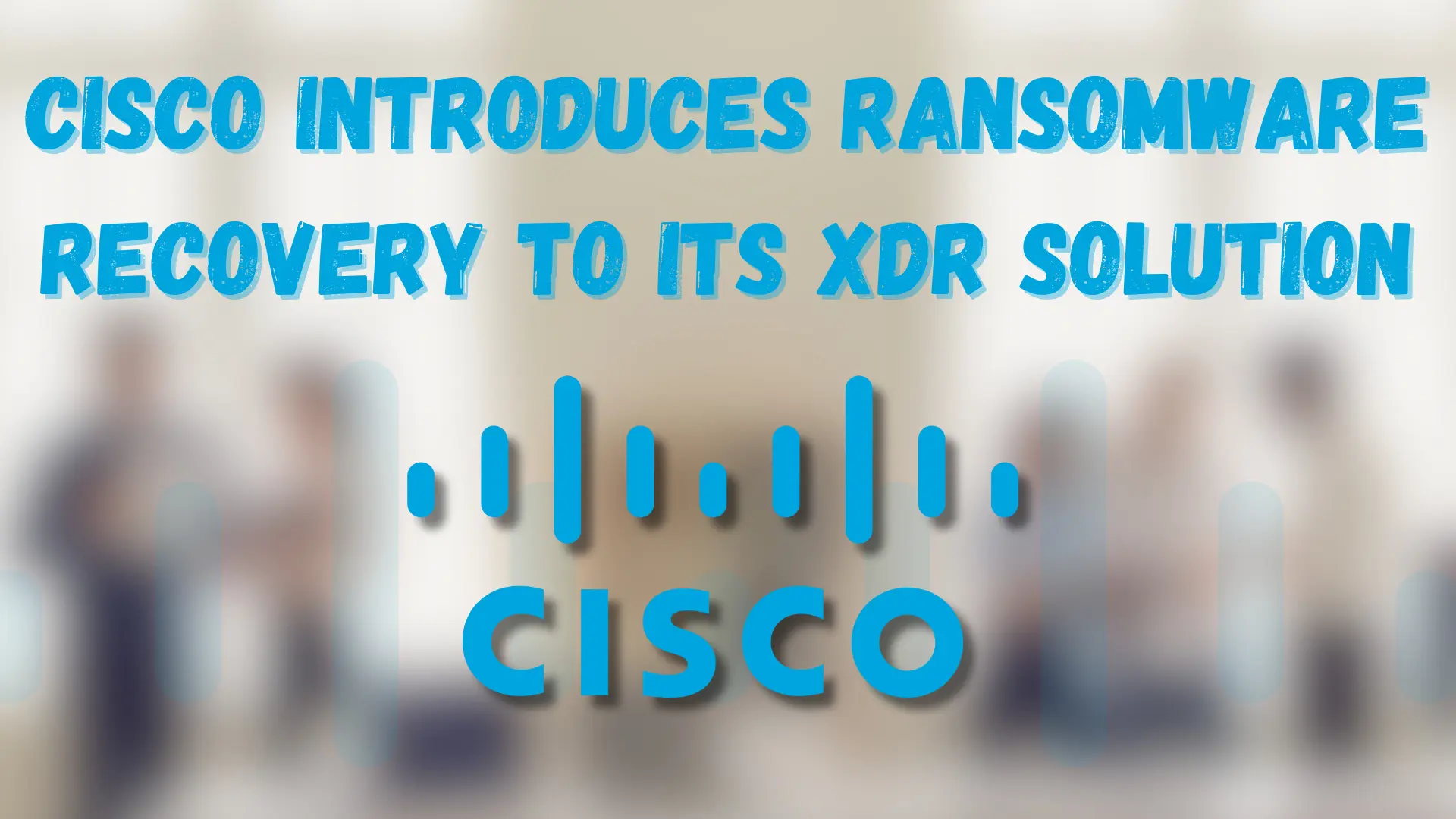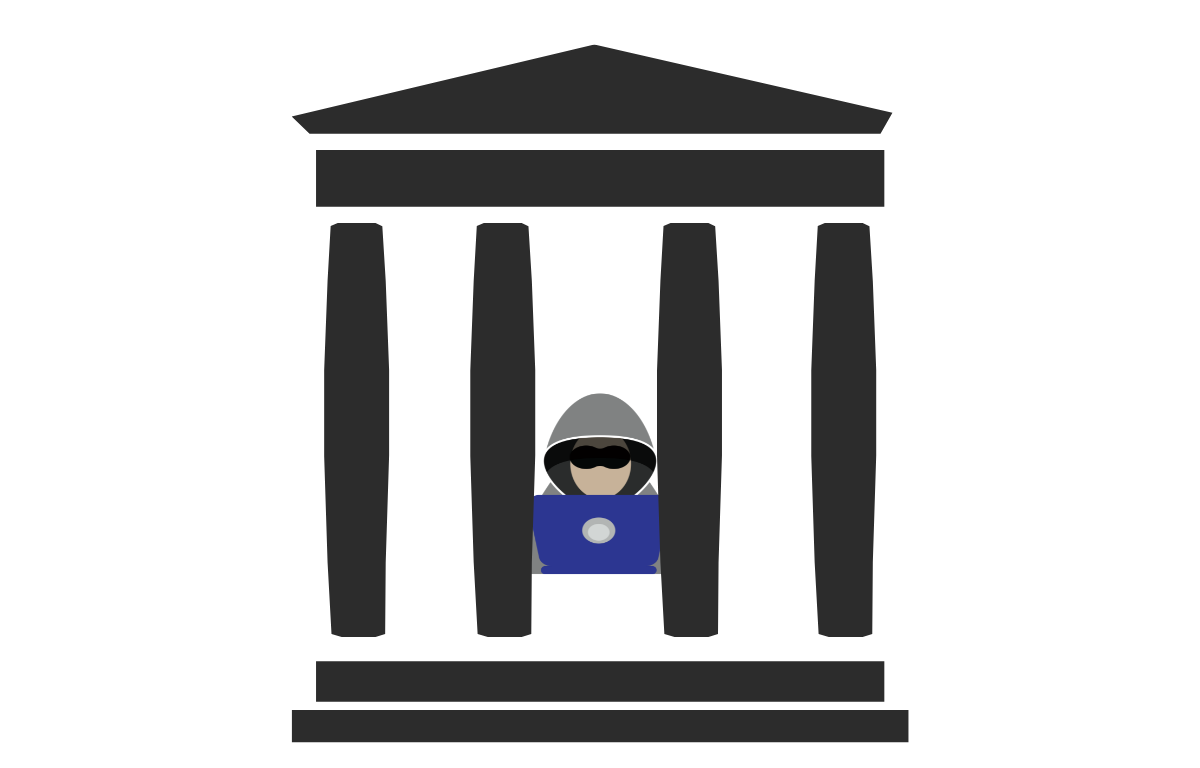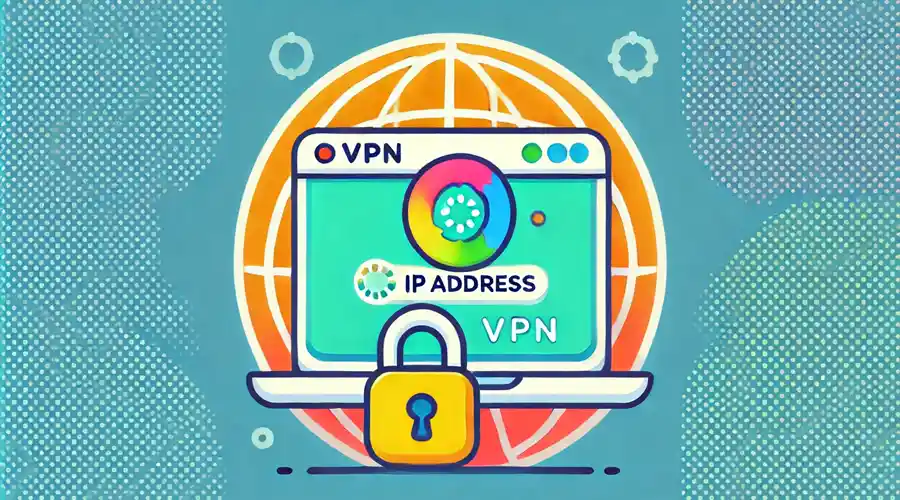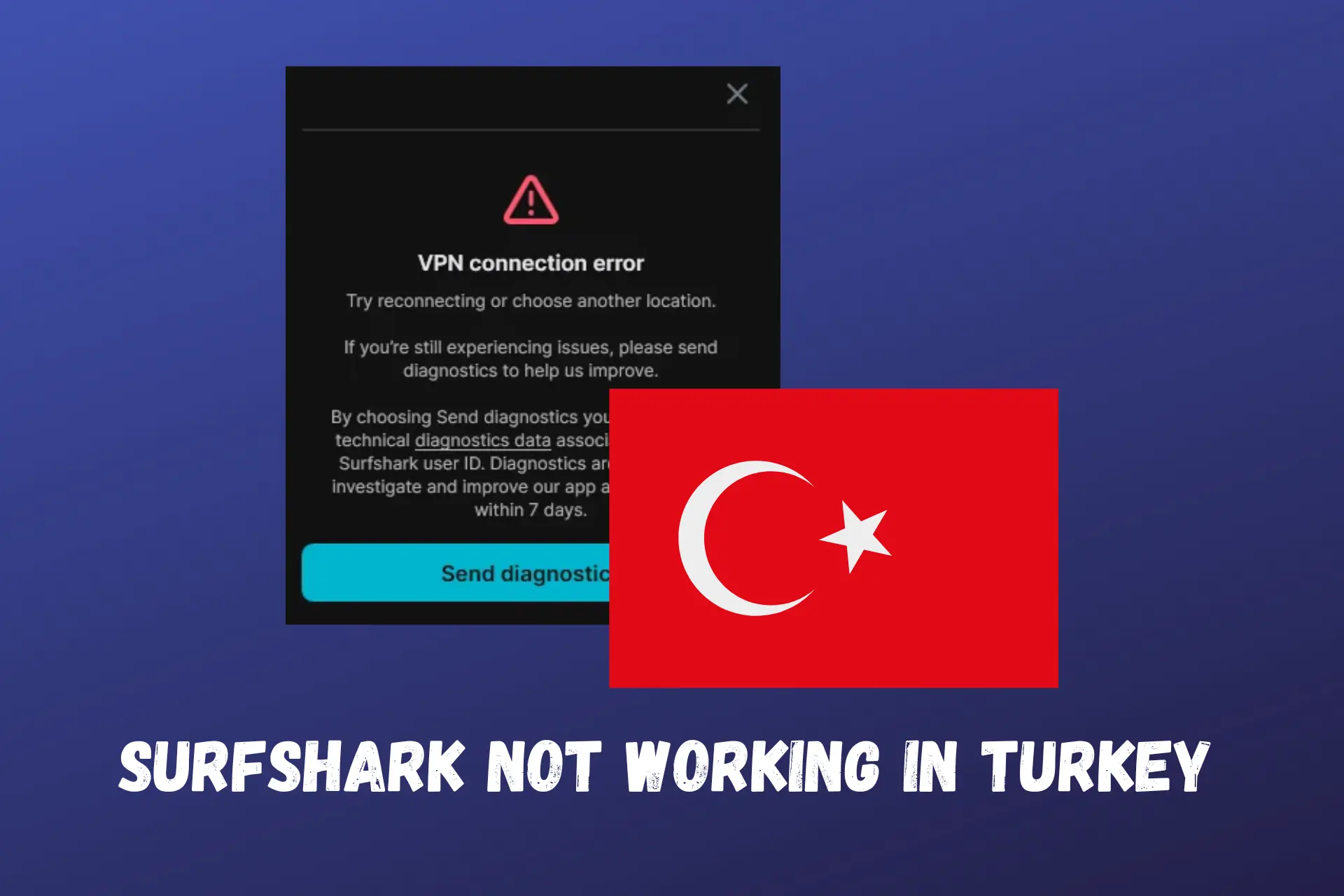Cisco Introduces Ransomware Recovery to Its XDR Solution
2 min. read
Updated on
Read our disclosure page to find out how can you help VPNCentral sustain the editorial team Read more

Cisco Systems Inc. has just announced it’s adding automated ransomware recovery to its XDR solution.
The new feature will bring near real-time recovery for companies that experience this type of attack.
The new Cisco ransomware recovery feature
Cisco continues to add new features to its Security Cloud as it looks to build a unified, AI-driven platform.
The company announced its latest addition to Cisco XDR in a press release on August 1.
The upgrade reduces the crucial time between the start of a ransomware attack and the capture of business-critical information to near zero.
This allows business continuity and lessens the impact cybercriminals can have on companies.
In the second quarter of this year, Cisco’s incident response team dealt with more ransomware attacks than ever. This shows just how important it is for companies to bolster their security and protect their assets.
The whole process will be much easier now that XDR automatically detects an attack and restores the most valuable data as quickly as possible.
This upgrade is part of Cisco’s growing list of third-party XDR integrations. The digital communications technology company is looking to introduce more infrastructure and data backup and recovery systems from leading vendors.
Besides its Extended Detection and Response solution, Cisco offers numerous other products to boost an organization’s defenses. These include DDoS and MultiCloud protection, vulnerability management, and Cisco VPN.
Introducing Cohesity’s recovery functions
Cisco also recently expanded the initial set of XDR features by working with data management provider Cohesity.
Together, they brought XDR integrations for Cohesity’s DataProtect and DataHawk. These additions will create configurable recovery points and help retrieve information from systems assigned to a protection plan.
This will improve the product’s functionality and protect data and workloads. In addition, it will potentially save infected machines for later forensic analysis.









User forum
0 messages